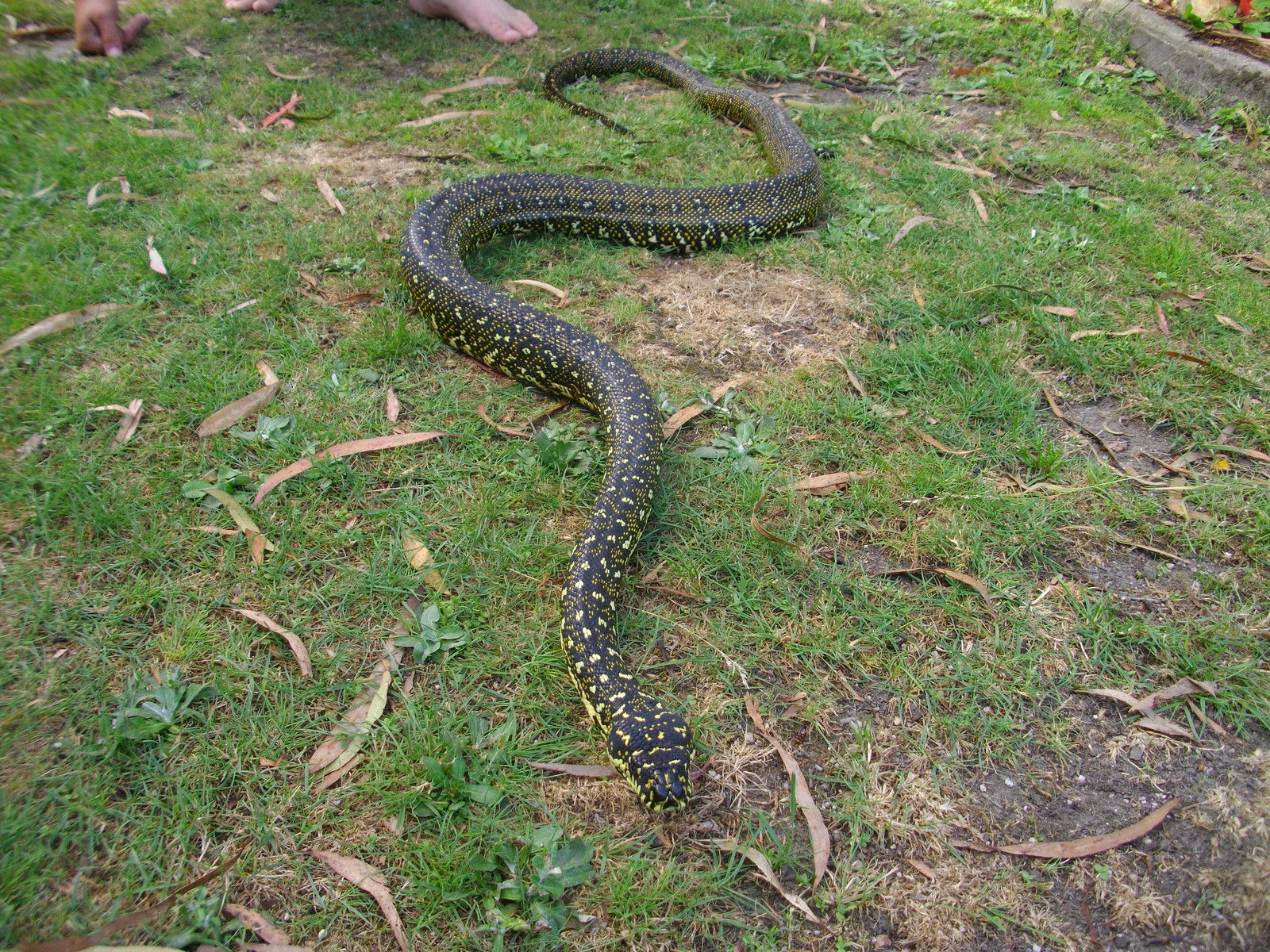AnthonyL
Not so new Member
- Joined
- May 23, 2018
- Messages
- 47
- Reaction score
- 33
So jealous of you northern folk, as I can't take a stroll in the bush in warmer months and stumble across a gorgeous python in the wild. I can stumble across plenty of tigers and browns LOL - Just nothing I wan't to admire up close LOL....
Anyhoo... Wiki states that Morelia Spilota is the most southerly dwelling python in the world but lives at high altitudes. Typically the higher altitudes and high country is south of the Murray in Vic. When I research the Metcalfei, distribution is the upper north west of the state. So what Pythons is one likely to see in Vic? Metcalfei or Spilota? I am quite surprised that a Diamond's distribution comes all the way down to Vic - Not just Vic but the higher parts of Vic? I just can't imagine this, as it's so south and so cold (again, this is as per 'internet') Is this distribution outdated? Are they still around Vic? Has anyone here seen a Diamond? I though't they'd be in a warmer climate, was surprised at that info...
Would it be correct in saying that the most likely, perhaps only python one may see in the wild in vic is the Murray Darling?
Anyhoo... Wiki states that Morelia Spilota is the most southerly dwelling python in the world but lives at high altitudes. Typically the higher altitudes and high country is south of the Murray in Vic. When I research the Metcalfei, distribution is the upper north west of the state. So what Pythons is one likely to see in Vic? Metcalfei or Spilota? I am quite surprised that a Diamond's distribution comes all the way down to Vic - Not just Vic but the higher parts of Vic? I just can't imagine this, as it's so south and so cold (again, this is as per 'internet') Is this distribution outdated? Are they still around Vic? Has anyone here seen a Diamond? I though't they'd be in a warmer climate, was surprised at that info...
Would it be correct in saying that the most likely, perhaps only python one may see in the wild in vic is the Murray Darling?
Last edited:




